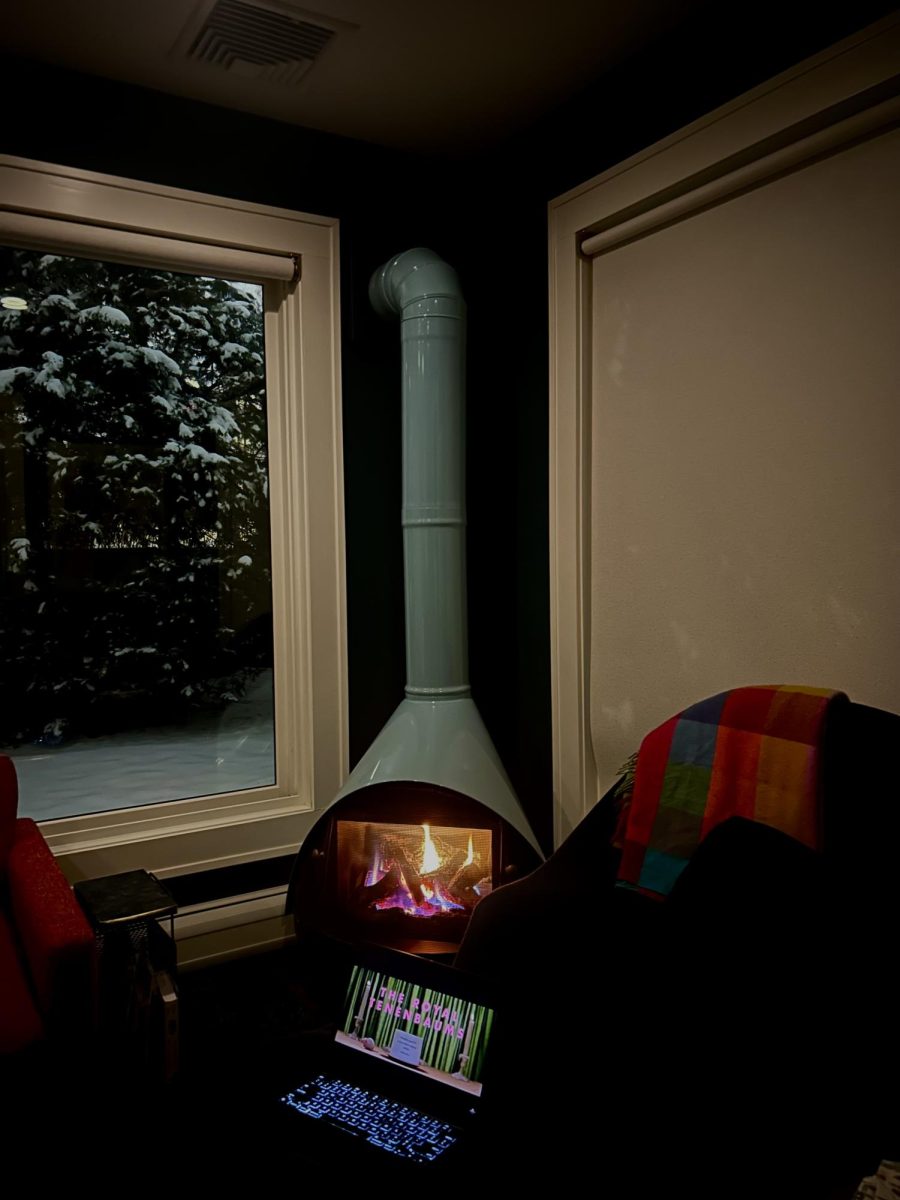Welcome to the first-ever edition of Reel Talk, a column to explore the fabulous world of movies. Each week I will dive into a new film, from classics to hidden gems, breaking down what makes them unforgettable.
“I always wanted to be a Tenenbaum, you know?”
You think you have a dysfunctional family? Just wait until you see Wes Anderson’s The Royal Tenenbaums, a tragically humorous film about complicated family ties, forbidden love, loss and nearly-impossible forgiveness. The plot follows Royal Tenenbaum, husband to Etheline and father to three extraordinary prodigies: Margot, Chas and Richie. However, after two decades of “betrayal, failure and disaster,” the genius and fame of this gifted family crumbles, leaving them estranged. Twenty-two years later, the family finds themselves living together again due to an unexpected and manipulated reunion.
Anderson is known for his unmistakable style in cinematography, symmetry, costume design and color. The Royal Tenenbaums is no exception, as Anderson’s classic harmonious symmetry and vibrant cinematography is satisfyingly present throughout this movie. The use of color grading adds a nostalgic and captivating pull which doesn’t take away from the depth of the plot. I mean, what is a Wes Anderson movie without some whimsical pastels?
Another commendable feature of this film is the fantastic cast. Anderson often uses several of the same actors across most of his films. Once again, Anderson fans see Bill Murray and the Wilson Brothers rock the screen. However, Ben Stiller, Gwyneth Paltrow, Anjelica Huston, Danny Glover and Gene Hackman have outstanding performances, as well. Their impeccable comedic timing and emotional, yet understated interpretations of the characters create an amazing dynamic on-screen. This is no easy feat, as the characters in this movie are some of Anderson’s best. They are confusing. They are complicated. Yet, they are the surprisingly relatable characters that pull this movie together into an unforgettable story.
Royal Tenenbaum is the perfect anti-hero, completely self-absorbed and insensitive, yet redeemable through his hilarious charm. His attempts to bring his family back together, though weak and astoundingly immoral, provides the viewers with a unique sense of sympathy. Apparently, nothing brings family together like pretending you have cancer. And Royal is just the tip of the iceberg. His “adopted” daughter, Margot Tenenbaum, could make anyone want to abuse black eyeliner, pull off a mink coat and secretly smoke a cigarette. While in a constant state of depression, Margot is a burnt-out playwright with a mysterious past. Despite her cold exterior, she is a sensitive and rebellious character, letting the audience get only small hints of her vulnerability at a time. Similarly, her two brothers, Richie and Chas, are dealing with their own inner turmoil in style. One in a track suit and the other in a sweatband, the duo attempts to move on with their lives while tackling their disastrous pasts. These few are just the tip of the iceberg. All of these characters are memorable in their own strange and marvelous way.
Finally, the music in The Royal Tenenbaums is one of the best aspects of the movie. The acoustic soundtrack that seems to encapsulate every peculiar moment perfectly, such as Elliott Smith’s “Needle in the Hay” or Nico’s “These Days.” By the end of the movie, you will want to listen to Bob Dylan, go for a walk and jam out in solitude.
This movie is a quirky reminder that it’s okay to be different and okay to fail. At some point, you might find yourself in a bind and then some. However, it might be those you least expect that will lift you up. Don’t be afraid to give others another chance. After all, there’s strength in forgiveness.







